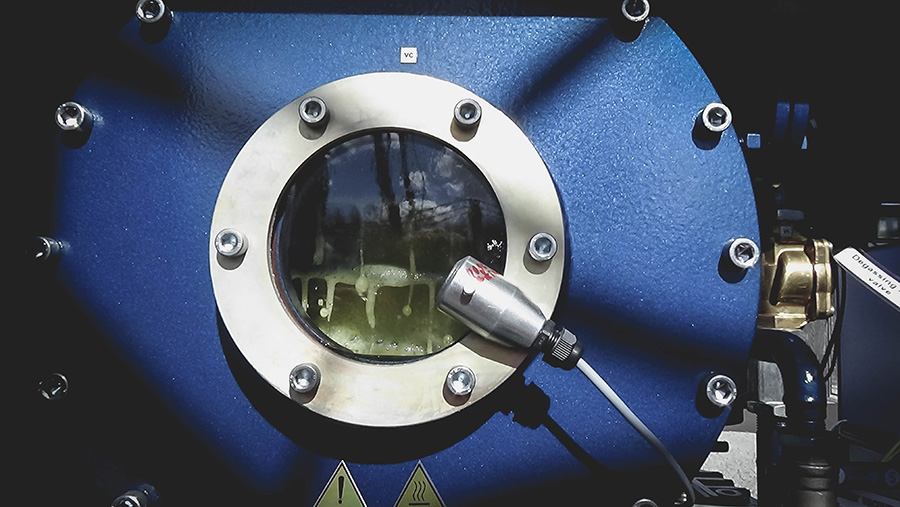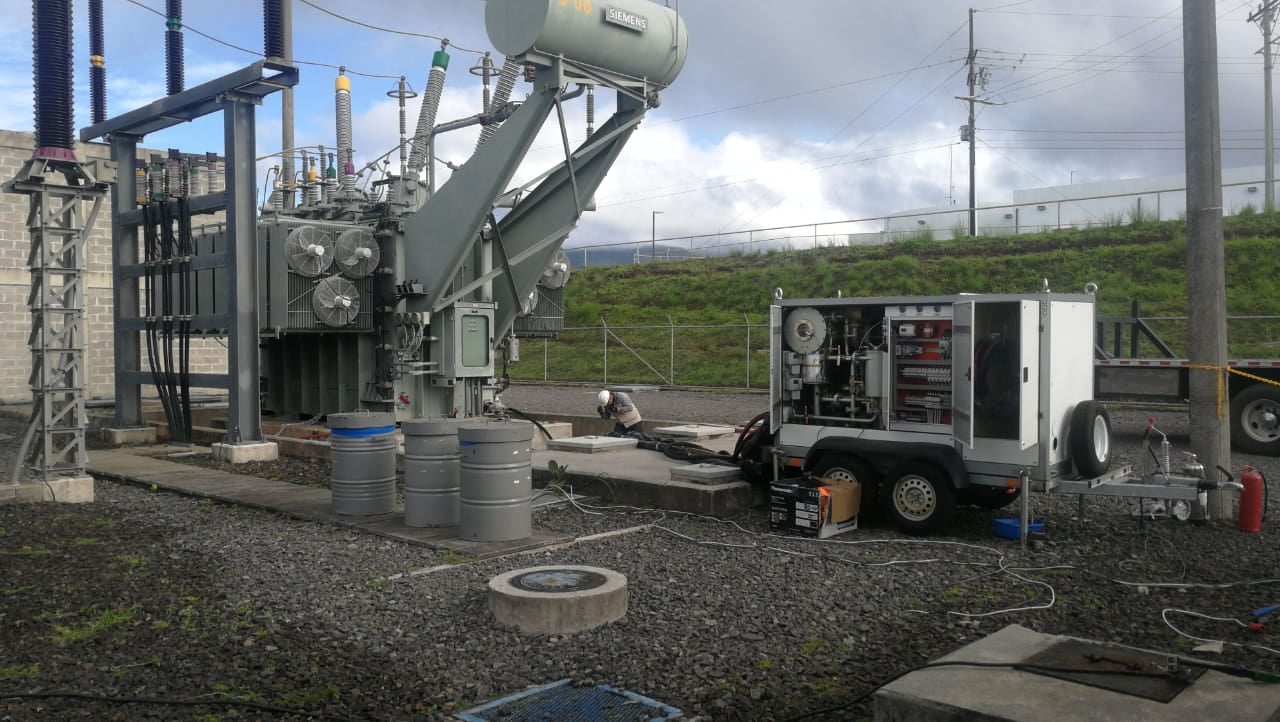A transformer is a complex electrical device whose reliable operation depends on numerous components. Among these, transformer oil plays a critical role by providing insulation and removing heat generated during operation. Over time, the condition of transformer oil deteriorates due to various factors, necessitating effective transformer oil drying techniques to maintain optimal performance and extend the transformer’s service life.
Why Does Transformer Oil Deteriorate?
During operation, transformer oil is subjected to several adverse factors:
- Electrical Fields: High voltages can cause ionization and degradation of oil molecules.
- Heat: Elevated temperatures accelerate chemical reactions, leading to oil oxidation.
- Atmospheric Oxygen: Oxygen reacts with oil, forming acids and sludge.
- Water: Moisture ingress reduces dielectric strength and promotes insulation breakdown.
- Mechanical Impurities: Particles from wear and external contaminants degrade oil quality.
- Structural Materials: Interaction with metals and insulating materials can introduce contaminants.
These factors catalyze chemical reactions within the transformer, resulting in the formation of gases and moisture in the oil. Gas bubbles can become sites for partial discharges, while moisture significantly reduces the oil’s dielectric strength and migrates into solid insulation, accelerating its degradation.
Oil Aging and Its Consequences
As transformer oil ages, oxidation products form acids that settle on insulation surfaces, tank walls, and cooling systems, creating sludge. This sludge increases oil viscosity, impairing its ability to remove heat effectively. High concentrations of oxidation products can lead to cellulose decomposition in the insulation, increasing the risk of transformer failure.
Importance of Transformer Oil Drying
To ensure the long-term reliability of transformers—potentially extending their service life to 50–70 years—it’s essential to maintain the oil’s condition through proper and timely transformer oil drying and purification processes.
Indicators of Oil Deterioration
- Increased Acid Number: An acid number exceeding 0.5 mg KOH/g indicates significant oil aging.
- Reduced Dielectric Strength: Presence of moisture and gases lowers the oil’s insulating properties.
- Sludge Formation: Visible deposits signal advanced oxidation and contamination.
Methods for Improving Transformer Oil Condition
When transformer oil deteriorates, several procedures can restore its properties:
- Oil Filtration: Removes mechanical impurities using filters.
- Oil Degassing: Eliminates dissolved gases that can lead to partial discharges.
- Transformer Oil Drying: Removes free and dissolved water to restore dielectric strength.
Transformer Oil Drying Techniques
Thermal Vacuum Drying
- Process:
- Oil is heated to 50–55 °C to reduce viscosity.
- Heated oil enters a vacuum chamber where a deep vacuum is maintained.
- Oil spreads over activator filters as a thin film.
- Under vacuum, moisture and gases evaporate from the oil film.
- Advantages:
- Simultaneously dries and degasses oil.
- No waste products requiring disposal or reactivation.
- Efficient removal of moisture and gases without chemical additives.
Zeolite Drying
- Process:
- Oil passes through columns filled with zeolite, a highly adsorptive material.
- Zeolite absorbs moisture from the oil.
- Advantages:
- Effective at increasing oil breakdown voltage from 10–15 kV to 60–70 kV per pass.
- Disadvantages:
- Zeolite becomes saturated and requires reactivation or replacement.
- Less effective for simultaneous degassing.
Preventing Moisture and Gas Contamination
While transformer oil drying is essential, preventing contamination is equally important:
- Sealed Transformers: Small transformers are designed with sealed tanks to prevent ingress of air and moisture.
- Nitrogen Cushion:
- The over-oil space in the tank is filled with dry nitrogen.
- Acts as a barrier against atmospheric gases and moisture.
- Does not prevent internal generation of gases and moisture.
- Adsorption Filters:
- Thermosyphon Filters: Installed on transformer tanks; use sorbents like silica gel.
- Adsorption Filters: Placed separately; oil circulates through them to remove moisture.
- Transformer Oil Nitrogenation:
- Injecting nitrogen into the oil to reduce oxygen content and slow oxidation.
GlobeCore Solutions for Transformer Oil Drying
GlobeCore specializes in manufacturing equipment for effective transformer oil drying and purification.
CMM Units for Thermal Vacuum Drying and Degassing
Functions:
- Oil Degassing: Removes dissolved gases to prevent electrical discharges.
- Oil Dehydration (Drying): Eliminates moisture to restore dielectric strength.
- Oil Filtration: Removes solid particles and sludge.
- Transformer Vacuumizing: Creates a vacuum in the transformer tank for maintenance.
- Filling Under Vacuum: Ensures no air or moisture enters during oil filling.
- Oil Nitrogenation: Injects nitrogen to inhibit oxidation processes.
Performance Parameters After Processing:
- Breakdown Voltage: Increases to not less than 70 kV.
- Gas Content: Reduced to not more than 0.1% by volume.
- Moisture Content: Reduced to not more than 10 ppm (grams per ton).
Advantages of GlobeCore’s CMM Units
- High Efficiency: Achieves superior drying and degassing results.
- Mobility: Mounted on trailers for easy transportation to transformer sites.
- On-Site Processing: Connects directly to transformers for oil treatment without draining.
- Continuous Operation: Allows for oil processing on energized transformers using the Transformer Safety System (TSS).
- Versatility: Suitable for various oils, including hydraulic, turbine, and industrial oils.
Transformer Safety System (TSS)
When performing transformer oil drying on energized transformers, safety is paramount. GlobeCore’s TSS ensures:
- Oil Level Monitoring: Continuously checks oil levels in the transformer tank.
- Automatic Isolation: Disconnects the unit from the transformer if oil levels drop unexpectedly.
- Protection: Prevents transformer damage due to leaks or operational issues.
Benefits of Using GlobeCore Equipment
- Extended Transformer Life: Regular oil drying and purification prevent premature aging.
- Cost Savings: Reduces the need for oil replacement and costly repairs.
- Improved Reliability: Enhances transformer performance and reduces failure risks.
- Environmental Compliance: Minimizes waste and supports sustainable practices.
- Technical Support: GlobeCore provides comprehensive support and customization options.
Effective transformer oil drying is essential for maintaining the performance, reliability, and longevity of transformers. By addressing moisture and gas contamination through advanced drying techniques, operators can significantly extend transformer service life and reduce operational costs. GlobeCore’s state-of-the-art equipment offers efficient solutions for oil drying and degassing, ensuring transformers operate at optimal levels.




